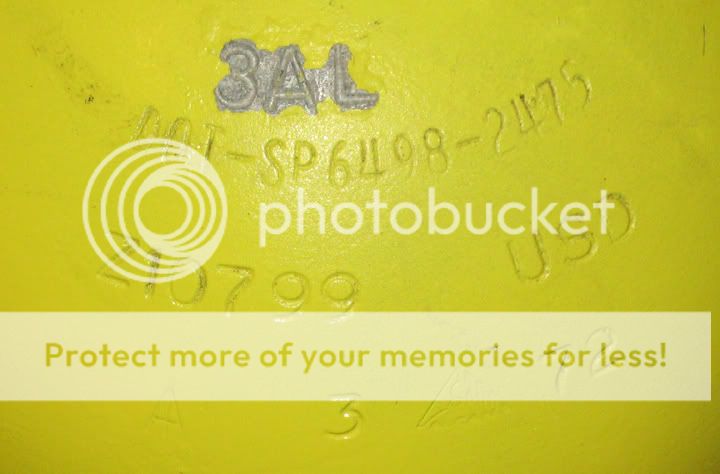If you do find a Catalina 67 you'll find that they have about the same buoyancy characteristics as a steel 72 but in a shorter fatter package....the 53 too btw.
Last edited:
Welcome to ScubaBoard, the world's largest scuba diving community. Registration is not required to read the forums, but we encourage you to join. Joining has its benefits and enables you to participate in the discussions.
Benefits of registering include
I have one of these 67's and i never dive it... its way too heavy out of the water. I think its probably heavier than my 72's... its the only aluminum i own since it was given to me and i havent been able to give it away ever since.... heavier and holds less air... Boo says I.If you do find a Catalina 67 you'll find that they have about the same buoyancy characteristics as a steel 72 but in a shorter fatter package....the 53 too btw.
Back in the old days ('70s), Luxfer made a 2475psi aluminum 72. It was called "the floater". It was about 4" longer than a 3000psi AL72 and really a pain to dive with. .
I don't believe there has been any problems with SLC since manufacturers started using 6160-T6 alloy about 20 years ago.Specifically, look at this shot -- anyone think this might help prevent possible issues with neck cracking? Not being an engineer I wouldn't know, but it seems plausible at least.
Back in the 1980's until 1991, Walter Kidde made tanks with heavier than average necks, but they were still prone to SLC issues. They were great tanks, they just had 6351-T6 alloy.Specifically, look at this shot -- anyone think this might help prevent possible issues with neck cracking? Not being an engineer I wouldn't know, but it seems plausible at least.


